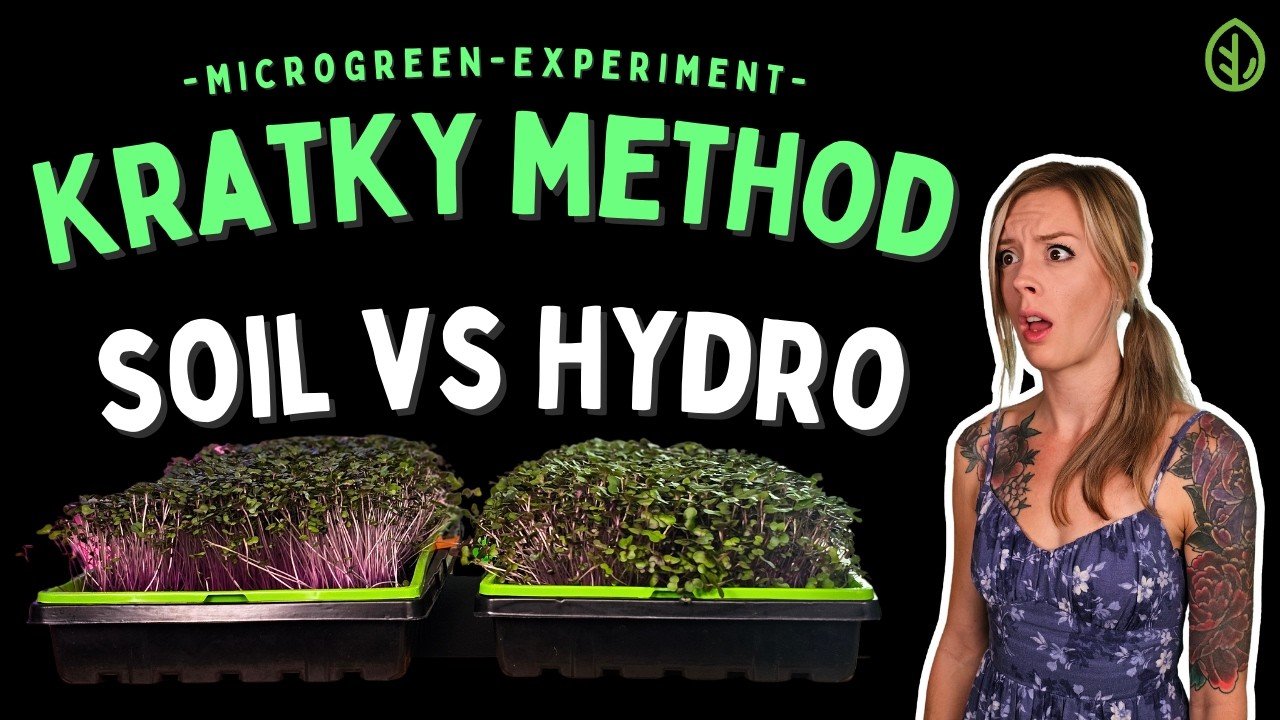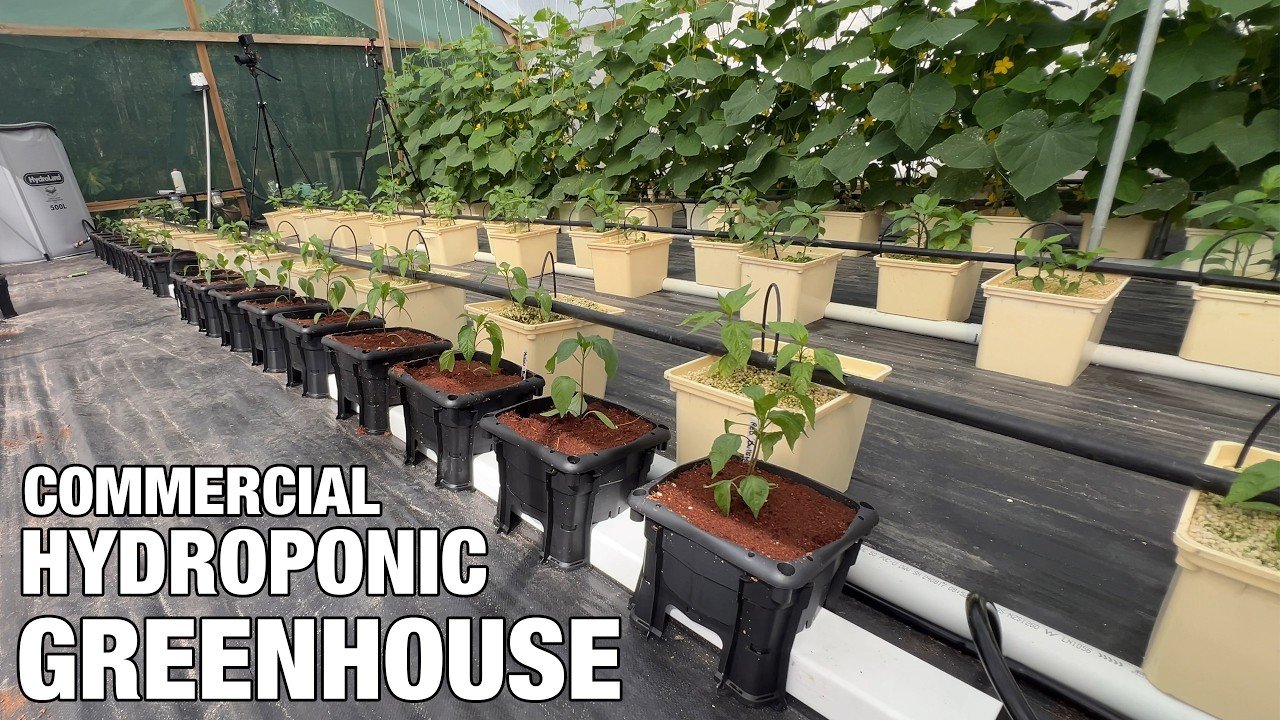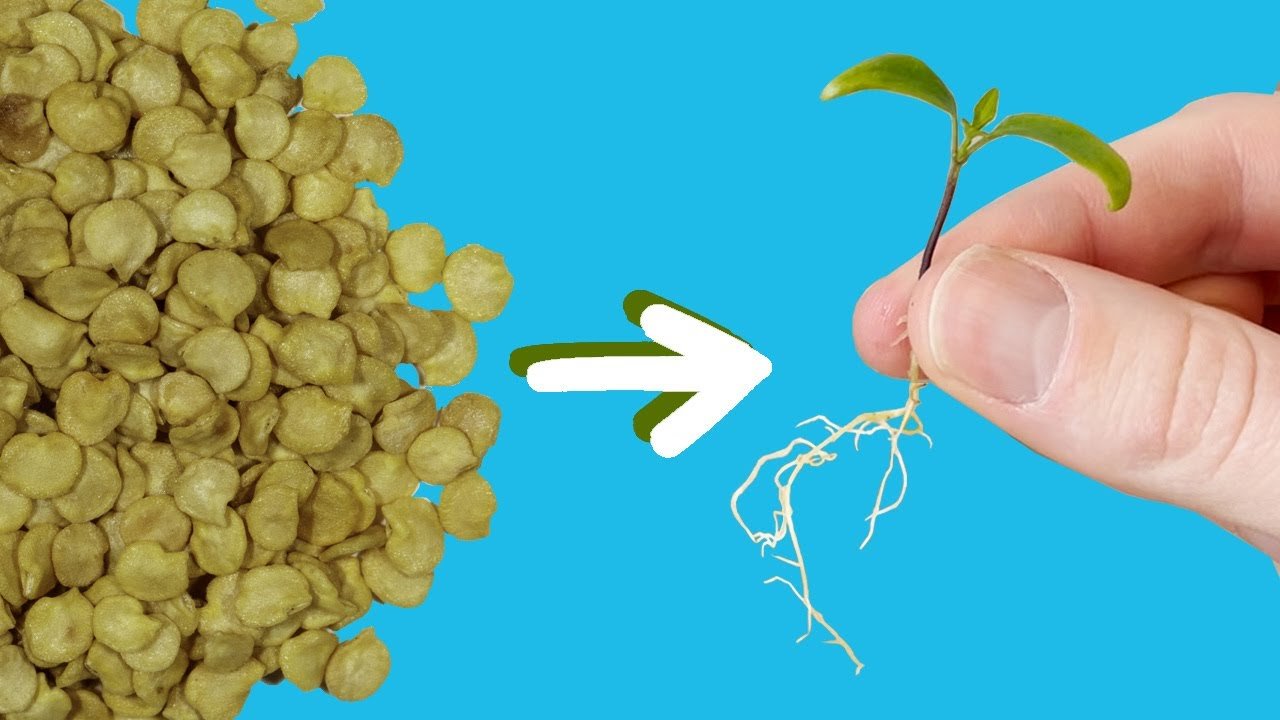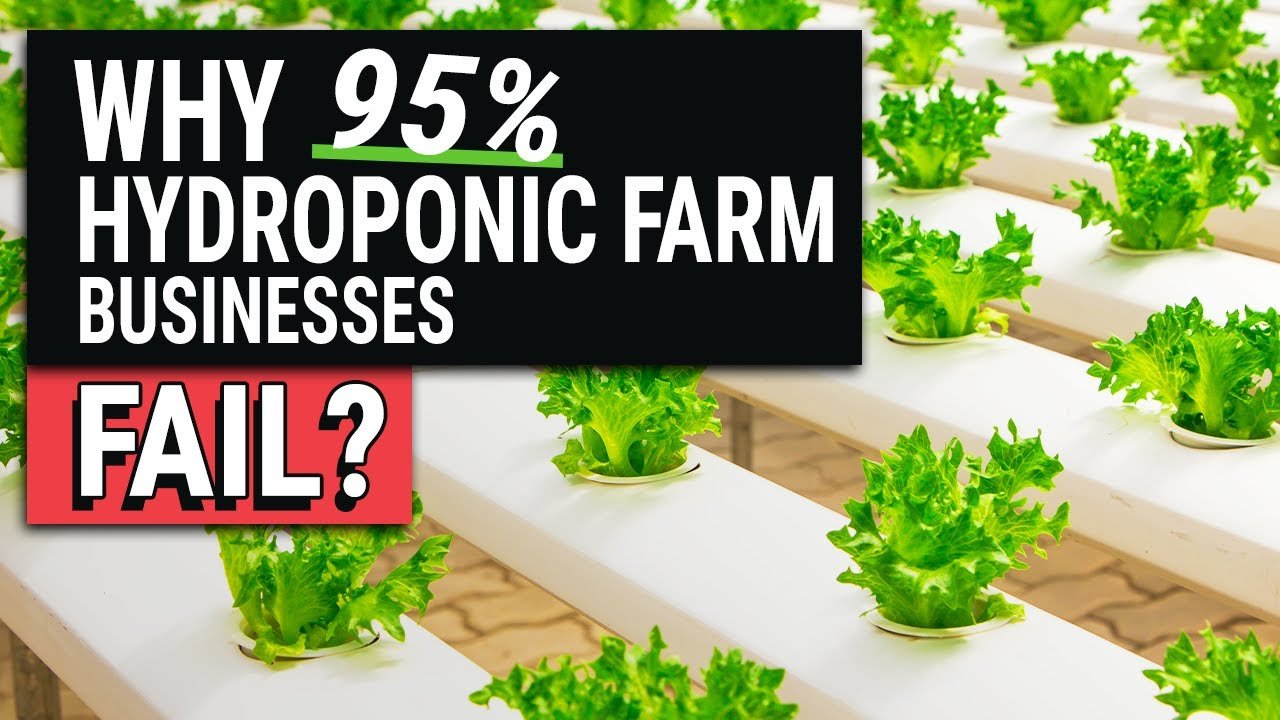My Hydroponics Journey: A Backyard Experiment Gone Awry
Ah, coffee—the nectar of life. I was sitting on my back porch, the mug warming my hands, when I glanced over at the corner of the yard. There it was: my makeshift hydroponics setup, covered in a delightful layer of, let’s just say, “patina.” It wasn’t exactly the vision I had when I decided to dive into this world of soil-less agriculture. What started as a light-hearted interest quickly spiraled into days, nights, and at one point, a full-blown panic mode—especially when the fish started to swim sideways.
The Dream Takes Shape
A few months back, I’d strolled into the local gardening store one sunny afternoon, intent on cultivating “urban agriculture” vibes in my little corner of suburbia. I remember the salesperson’s enthusiasm as he described aquaponics—the mix of fish and plants. “You’re basically creating a self-sustaining ecosystem!” he exclaimed, his eyes wide with excitement. I was hooked. I raced home, filled with ideals of fresh lettuce, herbs, and maybe even a few colorful fish gliding gracefully in my backyard oasis.
Now, I didn’t have much cash to splurge on new tools, so I rummaged through my shed, armed with an old fish tank, some PVC pipes left over from last year’s failed irrigation project, and a couple of rubbermaid bins. The fish tank? A hand-me-down from my neighbor Cal, who probably didn’t know what to do with it after his cat decided that fish were friends, not food.
The Set-Up Fiasco
I kicked off my backyard project one Saturday afternoon. Who needs instructions, right? I slapped together my contraption with reckless abandon, convinced my bonafide mad scientist approach would yield results. After what felt like hours, I stepped back to admire my handiwork. A little fish tank nestled beneath a series of pipes leading to two blue bins filled with clay pellets and an assortment of seeds I’d been eyeing—basil, romaine, and even some fancy heirloom tomatoes. I thought I’d nailed it.
The first few days went smoothly. I filled the tank with water (and fish food, of course) and watched with glee as the goldfish I picked—cheap little guys from the local pet store—swam blissfully. But about a week in, I was met with a sweet, musty odor wafting through my yard; the water in the tank turned a shade of green I never knew existed. “Uh-oh,” I thought, mentally berating myself. What had I done?
Learning the Hard Way
It wasn’t long before I learned that “balance” in aquaponics isn’t just a buzzword; it’s a necessity. Cal told me later he had skipped adding the right bacteria to help establish the nitrogen cycle. “Fish produce waste, biodegradable stuff—plants love it,” he explained like I should’ve known. Honestly? I didn’t.
That led me to more trips to the gardening store and plenty of conversations about “fishless cycling.” Who knew this was even a thing? Armed with my new knowledge, I ended up with more fish—some neon tetras this time, tiny little guys that wouldn’t break the bank if things went south again. While I was at it, I picked up some beneficial bacteria to try and rescue my green-tinted experiment.
You can probably guess how this one turned out. The tetras, it turned out, were cute but delicate. They didn’t last long, and soon I was left staring into the murky water of despair. There was nothing cute about the floating little bodies, and I could feel the weight of crushing disappointment settle in. I almost gave up right there.
The Unexpected Surprise
Yet, amongst my aquatic turmoil, nature had a funny way of reminding me things can still work out. One morning, as I continued to nurse my failing system, I ventured out with a mug of coffee to look through the setup and stumbled upon something spectacular. The basil I’d planted, which I’d nearly forgotten about in the chaos, had started to grow—green leaves sprouting through the clay pellets, dancing in the warm sunlight.
I couldn’t believe it: my indoor oasis was becoming something. In fact, the more I began to pay attention to the plants, the more they flourished. I could even taste the freshness of the basil in meals I whipped up. I began experimenting with other crops like spinach and, more importantly, I learned what could thrive in a hydroponic system.
Closing Thoughts
Suffice it to say, my journey into hydroponics was messy, frustrating, and at times felt completely futile. But amidst the stress, I found a joy I didn’t expect—working with nature in a way that mirrored my own learning curve. I’ve come to appreciate the process—the way it taught me patience, resilience, and a whole lot about aquatic life.
If you’re thinking about doing this, don’t worry about getting it perfect. Just start! Dive into that backyard adventure with your flaws and all; you’ll figure it out as you go. And trust me, the triumphs—even the tiniest green sprouts—make every fish mishap worth it.
So why not join me in this wild journey? Dive in and explore your own backyard hydroponics. It might just surprise you what you can grow!
Join the next session—let’s figure this out together!






Leave a Reply